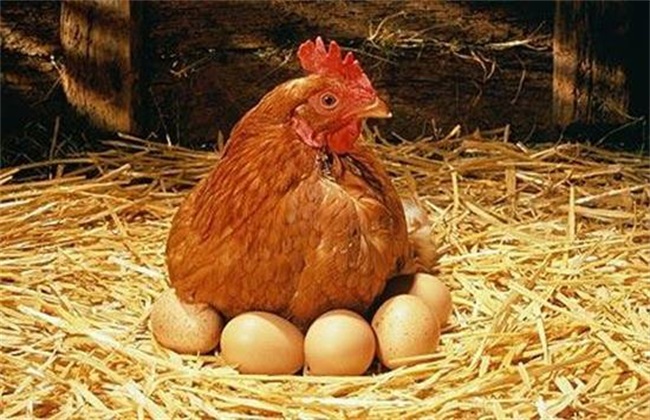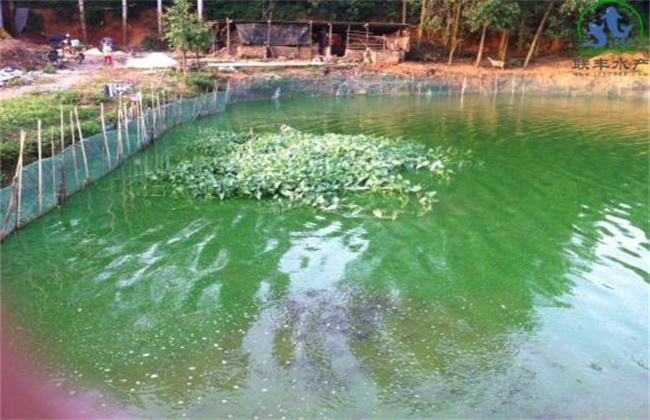Culture technology of black water gadfly
The black water gadfly is a saprophytic insect, which can eat garbage and excreta, so it is used to protect the environment in some places. But its larvae are high-protein animal feed, which is the main point of artificial breeding, which can bring certain benefits to farmers. They are resource insects like yellow powder insects, fly maggots and barley worms. Understand the black water gadfly, now to understand the breeding method of the black water gadfly.
1. Breeding farm
Stay away from people's residential areas and choose places with garbage and livestock excrement, preferably in farms, farms such as chickens, ducks, pigs, cattle and sheep, or large vegetable markets a few hundred meters away, not too close, so that resources can be used nearby. The cost of feed is reduced. It can also help improve the environment.
2. Preparatory work
Where there are such bugs, eggs can be collected in the wild, but in some places, no, and the time of field collection is also a problem, it is best to contact a breeding farm that already has a breeding farm to buy eggs. Prepare the incubation conditions. After hatching, you can start breeding. After about a few days of hatching, you will roll into the feed and get the feed ready. Use fermented wheat bran with 60% humidity and raise it in boxes.
3. Feeding method
Box culture is more convenient to manage, suitable for indoor breeding, pond culture needs to build a large area of simple shed, but not too many people to manage, suitable for rural breeding, wide place, and feed resources. Breeding insects, collecting pupae, mating and egg collection should be carefully managed. It needs to be raised separately to cultivate high-quality species and insects. Feed can be varied.
4. Culture management
Need good light, good ventilation, places, but also to build temperature-controlled aquaculture facilities. Adults can fly, pay attention to the protective net setting to avoid escape. Some kitchen waste should be crushed and fed, and it can also be fed after fermentation. Feed regularly and adjust the temperature and moisture. Adults need lights to mate, install iodine tungsten lamps, and turn on lights on cloudy days. Keep the room between 25 and 28 degrees.
The above is the entire culture technical requirements, conditions, methods and so on. I hope to help the farmers who need to know.
Related
- On the eggshell is a badge full of pride. British Poultry Egg Market and Consumer observation
- British study: 72% of Britons are willing to buy native eggs raised by insects
- Guidelines for friendly egg production revised the increase of space in chicken sheds can not be forced to change feathers and lay eggs.
- Risk of delay in customs clearance Australia suspends lobster exports to China
- Pig semen-the Vector of virus Transmission (4)
- Pig semen-the Vector of virus Transmission (3)
- Five common causes of difficult control of classical swine fever in clinic and their countermeasures
- Foot-and-mouth disease is the most effective way to prevent it!
- PED is the number one killer of piglets and has to be guarded against in autumn and winter.
- What is "yellow fat pig"? Have you ever heard the pig collector talk about "yellow fat pig"?



